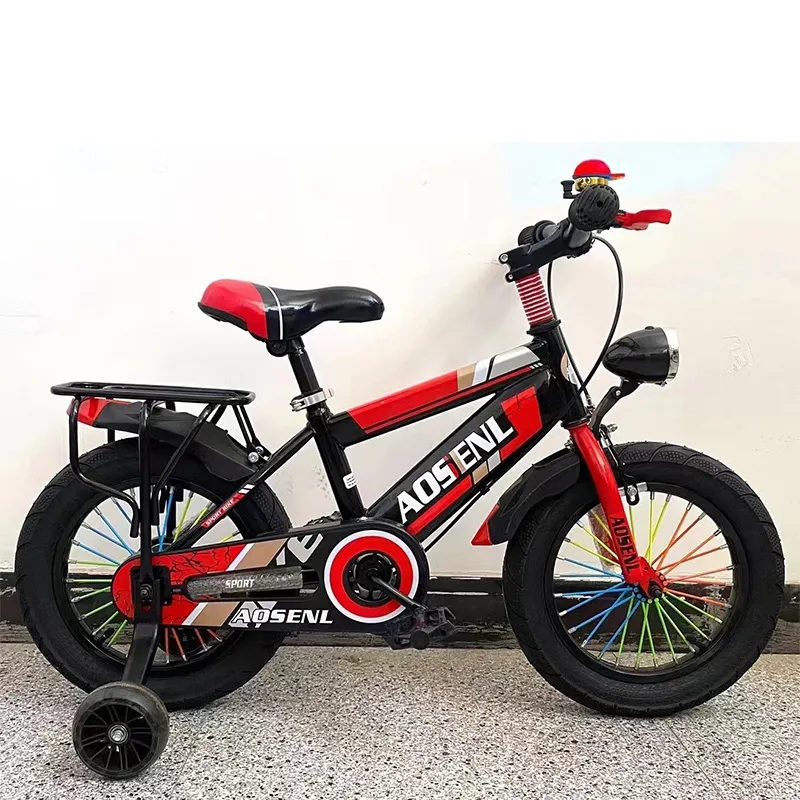Feb . 20, 2025 05:34 Back to list
derailleur on mountain bike


4. Utilizing the Barrel Adjuster The barrel adjuster is your tool for on-the-fly adjustments, crucial for fine-tuning cable tension. Start with the smallest gear and shift to the largest. If shifts lag or overshoot, subtle rotations of the barrel adjuster can correct misalignments. Adjust in small increments to achieve a seamless transition across gears. 5. B-Tension Screw Adjustment This screw adjusts the gap between the top jockey wheel and the cassette. Ideal spacing ensures optimal chain wrap and shifting precision. A gap too wide or too narrow compromises efficiency. Adjust while shifting through gears to identify the sweet spot where shifts occur most smoothly. 6. Test Ride and On-Trail Adjustments After stationary adjustments, a test ride is essential. Experiencing real-world terrains often surfaces hidden issues not obvious on a bike stand. Listen for gear crunching or unexpected noise, both indicators that minor tweaks might still be necessary. Carry a multitool to make further refinements during your ride. Building Expertise and Trustworthiness Mastery comes with experience. Regular maintenance cements the subtle skills necessary for precise adjustments. Coupled with SRAM’s extensive documentation and resources available online, these practices build a framework of expertise. Always refer back to SRAM's official guidelines for unique insights catered specifically to their components. For those newer to bike maintenance, consider attending workshops or sessions hosted by bike mechanics. Engaging with professionals broadens understanding and builds trustworthiness. Their shared experiences and expertise offer anecdotal lessons not always found in manuals. Conclusion Adjusting a SRAM rear derailleur isn’t merely a task—it's a craft developed through understanding, experience, and continuous learning. Proper maintenance not only reflects on bike performance but also enriches your biking journey, enhancing durability of components and ensuring maximum enjoyment on every ride. Trust this guide as a reliable companion on many future rides, keeping your gear shifts as fluid as the trails you conquer.
-
In-Depth Guide to Ebike Frames: Design, Use & Future Trends
NewsNov.25,2025
-
Discover Top E Bike Brand Insights, Specs & Future Trends | Yanline Bike
NewsNov.24,2025
-
Green E Bike – The Future of Sustainable Urban Mobility
NewsNov.24,2025
-
Ruffian eBike: Durable, Efficient Electric Bikes for Modern Mobility
NewsNov.23,2025
-
Comprehensive Guide to the Global E Bike Market and Future Trends
NewsNov.23,2025
-
Understanding Electric Bicycle Range: A Complete Guide for Smarter E-Bike Use
NewsNov.22,2025
-
Ceron Electric Bike – Efficient, Sustainable Urban Mobility Solutions
NewsNov.22,2025




